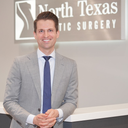Reducing the risk of post-operative complications with breast lift and implants involves careful planning, preparation, and adherence to medical guidelines. Here are some tips:









